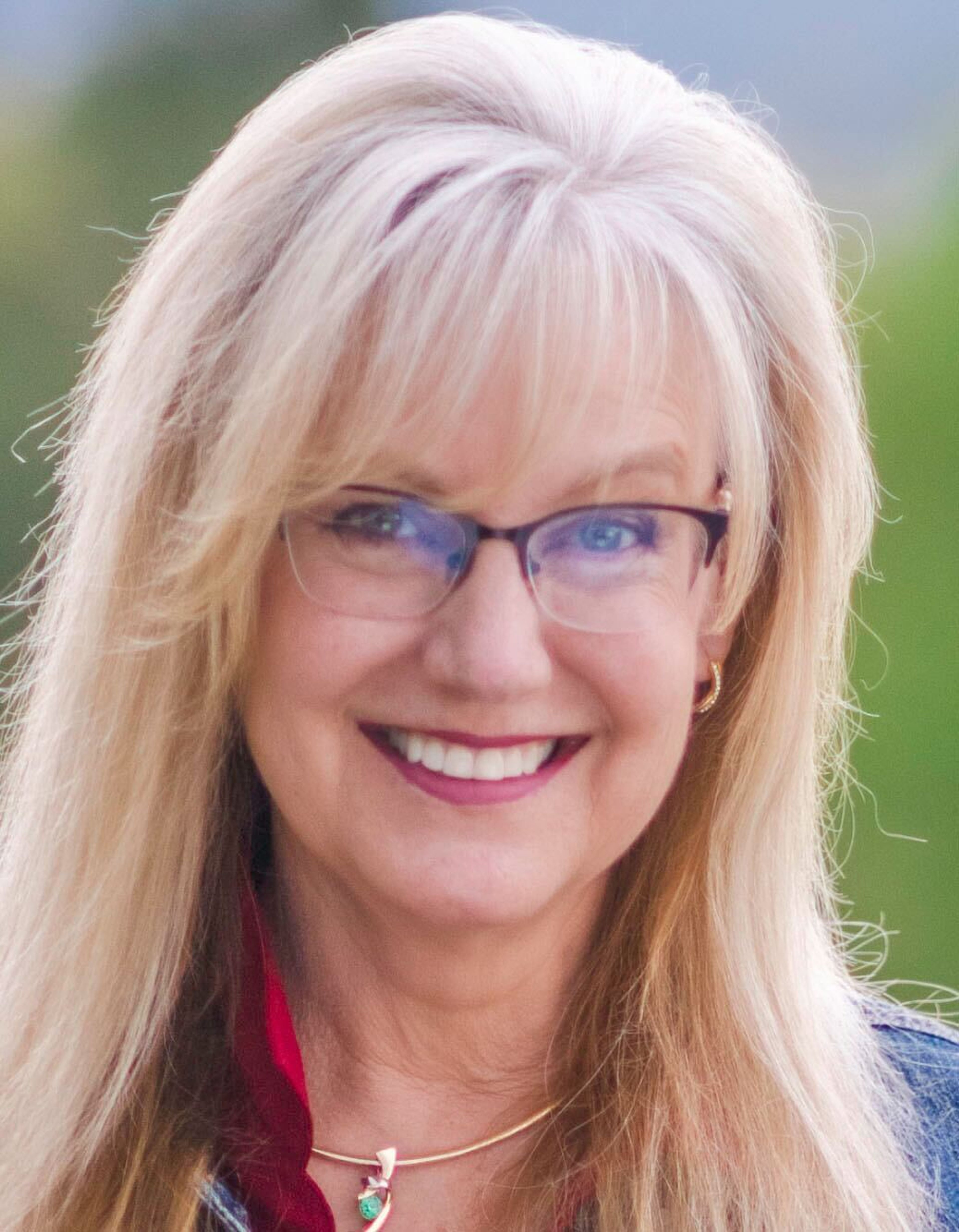Home solar energy — an option for you?
We live on the Palouse, where energy bills are lower than in some other parts of the country. Still, our energy bills were a significant expense for us as homeowners. We wondered if solar panels would lower our energy bills as well as our carbon emissions. It turns out that these goals are shared with other local people with solar panels, whom we interviewed.
Is solar something that might work for you as a homeowner, too?
Saving money via solar depends on several things, including how much energy you use, the number of panels you can accommodate, the slope and sun access of your roof, and the cost of your system.
To start exploring solar as an option, it’s worth talking with people who have panels about their experiences. Websites like EnergySage and RewiringAmerica also let you learn about home solar; estimate installation cost and energy savings from panels; and check out prescreened installers in your area.
Are there funding incentives?
Yes, there are significant discounts available for solar panels. The federal bipartisan Inflation Reduction Act means that, no matter where you live, you’ll realize a dollar-for-dollar federal income tax reduction equal to 30% of your cost. That includes panels, additional infrastructure, installation, inspection and permitting. The 30% applies no matter how large or small your system is. So, if your system cost $18,000, you would realize a federal tax reduction of $5,400.
Washington and Idaho also offer ways to save. In Washington, solar projects are exempt from sales taxes. For our $18,000 example, that means additional savings of $1,422. If you live in Idaho, you could get a state tax deduction of 40% of the project cost the year of installation and an additional deduction of 20% of the cost for the following three years, capped at $5,000/year.
Rural customers can apply for solar project loans via the BEST program with Inland Power and Light. Avista Utilities refers customers to a credit union where they can apply for a loan. The Idaho State Energy Loan Program offers low-interest loans for solar projects (the program is temporarily closed).
What about finding an installer?
Our competent installer was recommended by a Moscow resident with panels. Others found installers by word-of-mouth and via Better Business Bureau recommendations. Rewiring America, (homes.rewiringamerica.org/projects/renewables-homeowner) and EnergySage, (energysage.com) have information on installers vetted by energy and contractor associations.
We talked with multiple installers to get options on panel arrays, bids and timelines. We, and others, went with companies that offered the most complete information and were available whenever we had questions through our decision-making process.
How much in savings will you realize from your solar panels?
If you have a good match between the size of your solar array and your home energy needs, you will likely pay nothing for energy on a sunny day. When the sun is down or there is snow cover, you still want to access energy. That’s accomplished by maintaining a connection to your energy company for a basic fee. It allows the energy flow to go both ways — you can send extra energy to the company or get energy when you need it.
Any month you generate more energy than you use, you get credit with the company that can be used in a future month when you generate less than you need. This exchange is called “net metering.” Nine to 10 months a year, our Pullman home solar produces more energy than we need. We bought an EV almost two years ago and charge it at home, so we’ve also saved about $2000 in gasoline bills.
Recouping your original panel costs depends on several factors, but is estimated to occur in 10 to 20 years. The life of panels also varies and is around 20 years.
Another great savings perk of solar panels is that, according to Zillow, homes with panels bring a 4.1% higher selling price than a home without them.
What about emissions savings?
In two to four years, solar panels save emissions sufficient to exceed those generated in their manufacturing and installation, and their energy is always emissions free. At the end of their life cycle, panels can be recycled for their valuable materials or refurbished and reused. Both of these end-of-life industries are young in the US, and they are growing.
If you’re interested in saving energy costs and/or lowering your carbon footprint, why not check out solar panels?
For sources used in this article, visit cclpalouse.org.
Meuth lives in Pullman and is co-leader of the Citizens’ Climate Lobby, Palouse chapter. Alldredge lives in Pullman and serves on the Palouse Group of the Sierra Club.




